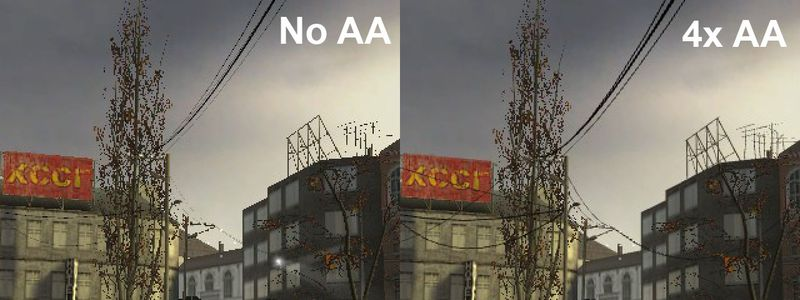Games are Inseparable From Their Hardware
The surging popularity of retro gaming over the past few years has reshaped part of the gaming landscape. While classic titles have always held a special place, there now seems to be a prominent desire in the market to see older games be more accessible. This trend can be seen in recent years, marked by an explosion in "emulation handhelds," with new devices from companies like Anbernic and Miyoo frequently hitting the market. Portable PCs, such as the Steam Deck and ROG Ally, further enhance on-the-go emulation capabilities. Accessibility to older games has never been better; initiatives like Xbox's backward compatibility and the PlayStation Plus classic library make cornerstone titles readily available on contemporary hardware, while many other classics have received direct ports to modern consoles.
This widespread availability means retro games are often experienced on modern computers, paired with high-resolution screens and controllers with today’s designs. However, for some, this approach falls short. There's an attractive quality to the alternative: original hardware, period-accurate controllers, and an old-school CRT television.
This pursuit of authenticity is not something just for the obsessed. Many modern handhelds and emulators include settings designed to mimic the scanlines of older LCD panels, like those on the PSP, or the dot matrix of consoles such as the Game Boy Advance. Yet, in my opinion, these software filters rarely capture the full effect (plus, some of them are surprisingly computationally expensive to achieve). There's an inherent quality to vintage devices and displays that software replication struggles to truly emulate.
One of the benefits from the perspective of a developer when developing for a console is the consistent hardware environment. Unlike the infinitely varied combinations of PC components, console developers knew precisely what hardware consumers would be using. This predictability ensured that the visual and interactive experience the devs saw during development was exactly what players would encounter on release day. This consistency influenced design choices, often leveraging or intentionally working around specific hardware characteristics.
Persona 4 and The Fog
Persona 4 released in 2008 on the PlayStation 2. Its subsequent re-release in 2012 as Persona 4 Golden on the PS Vita (and later on modern platforms) arguably represents a graphical downgrade in one key aspect.
The original PS2 version heavily utilized fog, partly as an optimization technique to restrict visibility and manage the console's hardware limitations. Reducing the amount of rendered geometry improves performance. While Persona 4, much like Silent Hill 2, also employed fog for crucial thematic and atmospheric reasons, its visual execution on the PS2 was arguably superior to the PS Vita port. The denser, more atmospheric fog of the 2008 release contributed significantly to the game's distinct look.
 (Left: Persona 4 (PS2), Right: Persona 4 Golden (PS Vita, PC, and modern consoles)
(Left: Persona 4 (PS2), Right: Persona 4 Golden (PS Vita, PC, and modern consoles)
As a side note: some online discourse spreads the misinformation that the PS2's fog effect is impossible to achieve on modern consoles due to unique "hardware" specific to the PS2. This is untrue. Regardless of the exact technical reasons behind the change in Golden, the original remains the clear winner for its atmospheric presentation in my opinion.
All this is to say - a game is almost inseparable from the hardware it was designed for. Many graphical nuances, often born from hardware limitations, became integral to the intended visual experience, and these are frequently lost on modern displays. Many days have been spent by developers in order to surpass some problem posed by the limits of hardware. Playing the games on hardware that doesn’t have those limits makes those struggles and the results of them invisible.
CRTs Lie By Omission
Another of the benefits of the inherently blurry, low resolution images older CRTs display is that they are really good for masking imperfections. Have you ever played a recently released game and wondered why the edges of objects seem pixelated or jagged?

This is called aliasing, and is not just an issue on older displays. However, play a game that doesn’t implement anti-aliasing techniques (or some upscaling technique like DLSS), and it returns.
It’s not just aliasing that CRTs and low resolutions can mask, though. Low resolution textures are way less noticeable when everything is blurrier. One optimisation technique games use is LoD (Level of Detail), where a game will swap out models or other assets for lower detail versions once the player or camera is far enough away for it to not be as noticeable. The inherent mask that CRTs provide makes stuff like this less noticeable.
In essence, while modern emulation and console ports offer unprecedented access to retro games, they often present these titles in a way that diverges significantly from the developers' original artistic and technical intent. Opting for original hardware and CRT displays isn't just about nostalgia. It's about experiencing these games as they were truly meant to be seen and played. Emulation is vitally important for the preservation of games, but it inherently strays from the vision of the developer.